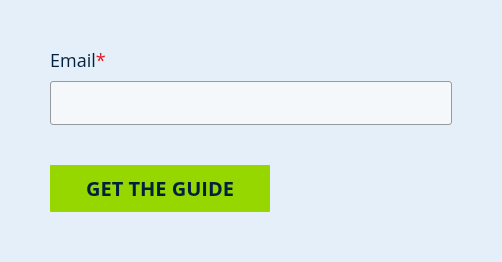ESOP Pros & Cons
Employee stock ownership plans (ESOPs) are unique M&A alternatives with distinct advantages and potential downsides. Learn how these strategies compare to other business succession, exit, and liquidity options.
Get our "ESOP Pros, Cons, and Comparisons" guide.





